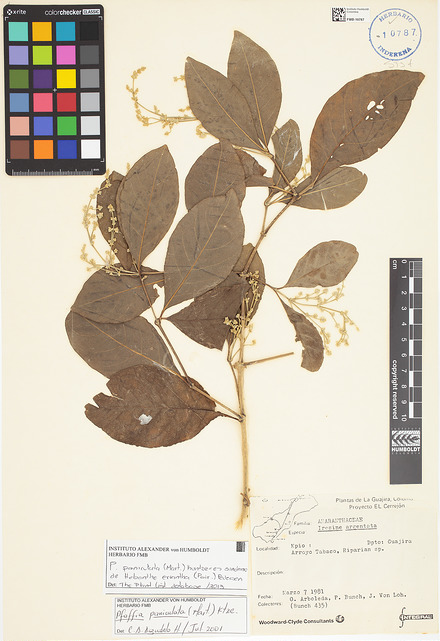Suma: Brazilian Ginseng

Suma (Hebanthe eriantha) is known as Brazilian Ginseng for its reputation as an adaptogen. In theory, it can be used for herbal breast enlargement, as it has properties similar to other essential herbs.
Etymology
Pfaffia paniculata is a synonym of Hebanthe eriantha. Gomphrena paniculata is a synonym of Hebanthe eriantha too, but Gomphrena is the name of a completely different genus of plant than Hebanthe.
Hebanthe eriantha is referred to as "para todo", which means in Spanish, for everything.
Hormonal effects
Suma has been noted to raise estrogen, progesterone and testosterone. Its effects of raising progesterone are likely during secretory phase. The effect of increased estrogen and progesterone are useful for herbal breast enhancement. Estrogens are formed from androgens. However, for breast growth, there must be the right balance of estrogens, progesterones and androgens.
Suma is known for increasing fertility, and this is likely because of its estrogen, progestogen and androgen raising properties.
Use
Hebanthe for breast enhancement
The part of Suma used is its root. Suma is a possible partial replacement, full replacement or companion herb for fenugreek or shatavari.
The herb program shatavari01 describes theoretical use of suma and asparagus in a potentially effacious herb program that's based on hops01.
Hebanthe or herbs with similar properties are in herb programs based on menstrual phases. There must be balance throughout phases, and combinations of herbs help the body acheive balance for health, breast growth and hip growth. It's important that menses is light and short. Also, preventing an excess of negative symptoms for menses helps set the balance for proliferative phase. Luteal phase uses a different combination of herbs than proliferative phase for symptoms. For a simplified herb schedule, where there's commonality of herb recommendations for symptoms such as swelling and signs of excess estrogen, use nonmenses. BCP01 is a composite page of pieces of different programs on birth control or IUD use.
Herb timing and combinations' success for breast enhancement relies on menstrual phases. Descriptions and pictures of results from herb combination use can be seen in programs. For more guidance, see guide, or hirsutism-topic.
Precautions
See precautions for more details of care to be taken with herb use. Proper nutrition is a consideration for health. Also, check for the latest blog updates about herb and hormone safety.
It is very important that menses be light and not prolonged.
If you have hirsutism, PCOS, hot-flashes, other signs of hormone imbalances, see estrogen-imbalance, and hirsutism program journals at hirusitism-topic before trying herbs.
Herb concentrates can be tens of times more potent by weight than herbs in solid form. This can easily lead to hormone imbalances. For this reason, concentrate extracts are not recommended for extended or excessive internal use, especially during fertility years. Concentrates shouldn't be used to overcome plateaus. Another issue with herbal extracts, is that they may not have the full range of properties of the herb. Essential oils are not recommended for breast enhancement. If opting to use herbal extracts, use food grade extracts, with no more than 1 drop at a time diluted in water.
More


For the latest herb programs and how to get started, see: guide. Pictures of breast enhancement can be seen in the program journals of Anon02, Anon08, Anon09, Bubblemelon and Jellie.
For resources on hips and butt enhancement, see: /appendix/hips-butt-enhancement and /appendix/kettlebell.
breast-endocrinology.pdf describes the science of breast development and endocrinology. It also describes symptoms related to hormone imbalances. Biology and hormone imbalances are excerpts from this ebook. breast-endocrinology.pdf uses a Creative Commons (CC BY-ND 4.0) license.
Breast.is blog
References:
- Pfaffia paniculata-induced changes in plasma estradiol-17beta, progesterone and testosterone levels in mice. https://www.ncbi.nlm.nih.gov/pubmed/14967943.
- Herbal Secrets of the Rainforest: SUMA. http://www.rain-tree.com/suma.htm.
Etymology & Definitions:
- The Plant List: Hebanthe. http://www.theplantlist.org/1.1/browse/A/Amaranthaceae/Hebanthe/.
